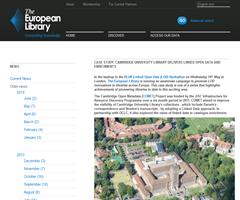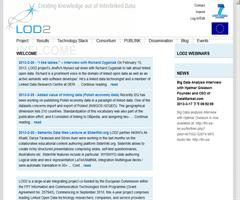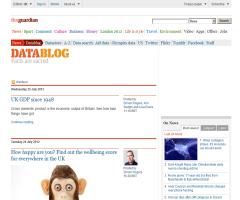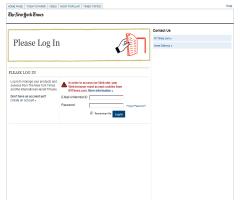Published by Pablo Hermoso de Mendoza González
12/06/2014
Case Study: Cambridge University Library delivers linked open data and enrichments In the lead-up to the RLUK Linked Open Data (LOD) Hackathon on Wednesday 14th May in London, The European Library is running an awareness campaign to promote LOD innovations in libraries across Europe. This case study is one of a series that highlights achievements of pioneering libraries to date in this exciting area. The Cambridge Open Metadata (COMET) Project was funded by the JISC Infrastructure for Resource Discovery Programme over a six-month period in 2011. COMET aimed to improve the visibility of Cambridge University Library's collections - which include Darwin's correspondence and Newton's manuscripts - by adopting a Linked Data approach. In partnership with OCLC, it also explored th...






